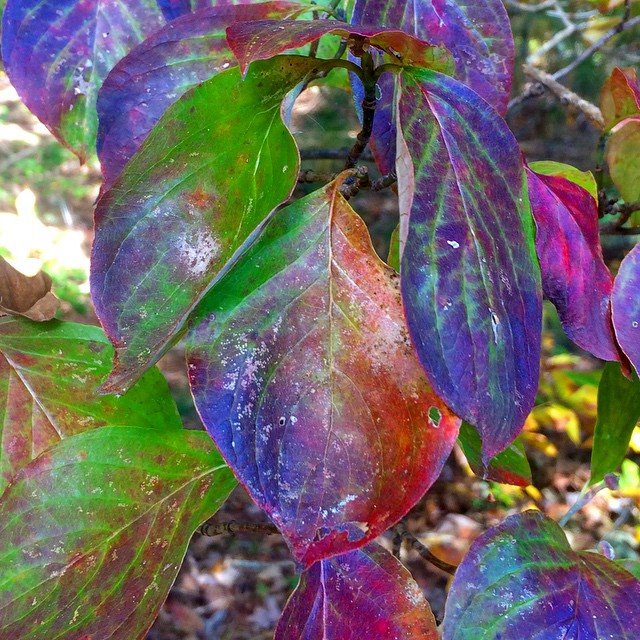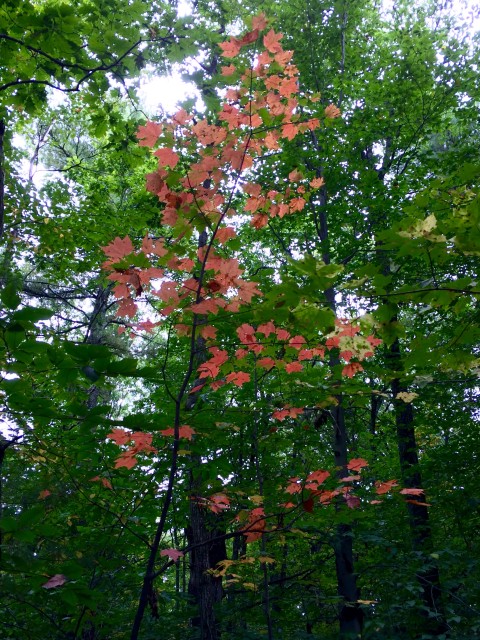There’s that cool crisp snap in the air that might’ve caught us off guard, but it’s an exciting and nostalgic feeling… This summer had plentiful long days of warm sunshine, clear skies, refreshing swims, beautiful hikes, and many special memories made between Bear Brook and it’s campers. However, life at Bear Brook State Park has slowed down quite a bit after Labor Day, which marked the end of the exciting summer season. The fire rings have less families to keep warm, the suspended swings in the playground dance solo through the winds, and the bear statue’s hug and photo quota has plummeted. The campers who are here, though, are enjoying the peace and serenity among the fortitude of the white pines in the campground without the hustle and bustle of a full campground.
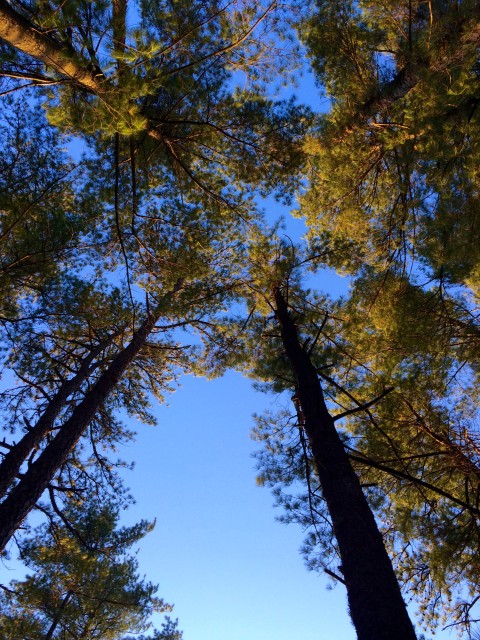
With the chilly breeze blowing through Bear Brook comes fresh crunchy, leaves below your feet while above your head the leaves are starting their transformation from lively green to a pallet of yellows, reds, purples, browns, and every shade in between. As autumn approaches, days get shorter and there is less sunshine. During photosynthesis, leaves absorb sunshine from the top of the leaf and CO2 from the bottom of the leaf. As less sunshine reaches the leaves, the leaves stop producing as much chlorophyll, which makes the leaves green. Weather and temperatures can have an affect on the intensity of colors as well as the length of the color transformation.
Life below the surface of the water is also preparing for the long winter. Every spring and autumn ponds and lakes experience a turnover, where the warmer water flips with the colder water, depending on which season. With nighttime temps. flirting with the 40’s, the air will cool the surface layer of the water to a temperature where the water is most dense (39 degrees Fahrenheit). The dense surface layer will push the warmer water below it down to the bottom of the pond as the colder water that had been sitting on the bottom of the pond all summer. This stirs nutrients and sediment in the water, creating a temporary unique ecosystem that attracts newts, excites fish, and insects take this opportunity to lay larva for the spring.
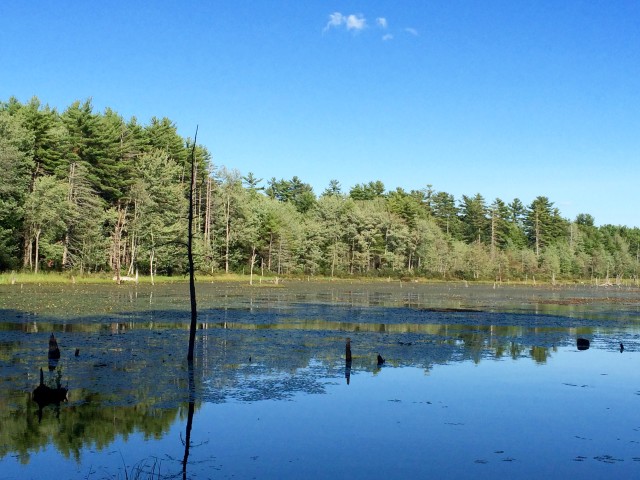
Animals are also aware of the change of the season; they prepare for the coming winter by migrating, adapting, or hibernating.
As for the other life forms in Bear Brook, the 28 SCA members are nearing the end of our 10-month program. We were all warned in January that this program would fly by, but I’ve been astounded by how rapidly the time has actually passed. The past nine months have been filled with new experiences, bonding between friends, personal and communal growth, triumphs and fails, and unexpected curve-balls that life can throw at you. While we feel as if we live in a bubble cut off from the outside, life on the outside has continued on it’s ever-changing, ever-evolving cycle. SCA members are preparing to step out into new adventures. There have been many applications for future plans made, panic during the waiting period, interviews scheduled and had, and finally there are the first glimpses of jobs being offered as weights are lifted off of some shoulders. However, as the days get shorter and extra blankets are added onto beds, many futures remain uncertain. We are all grateful for this incredible experience, and I will undoubtedly miss all of the friends I’ve made, but this is an exciting time for transition. The 28 of us will scatter across the country, working in a wide array of jobs. I have accepted a position at Maine Huts and Trails, so I am excited to continue working outside and to experience another New England winter!
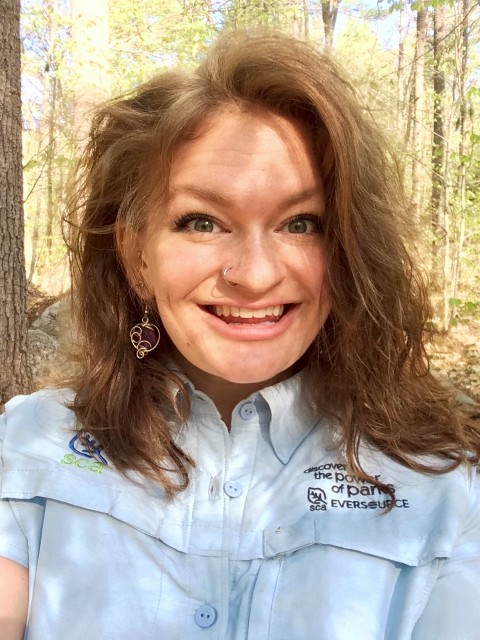 I’ve loved every second of my SCA NH Corps experience, and I hope to continue working for the SCA and/or the State Parks system! I hope you’ll visit us next year!
I’ve loved every second of my SCA NH Corps experience, and I hope to continue working for the SCA and/or the State Parks system! I hope you’ll visit us next year!
-Christie Conway, Bear Brook Interpretive Ranger

